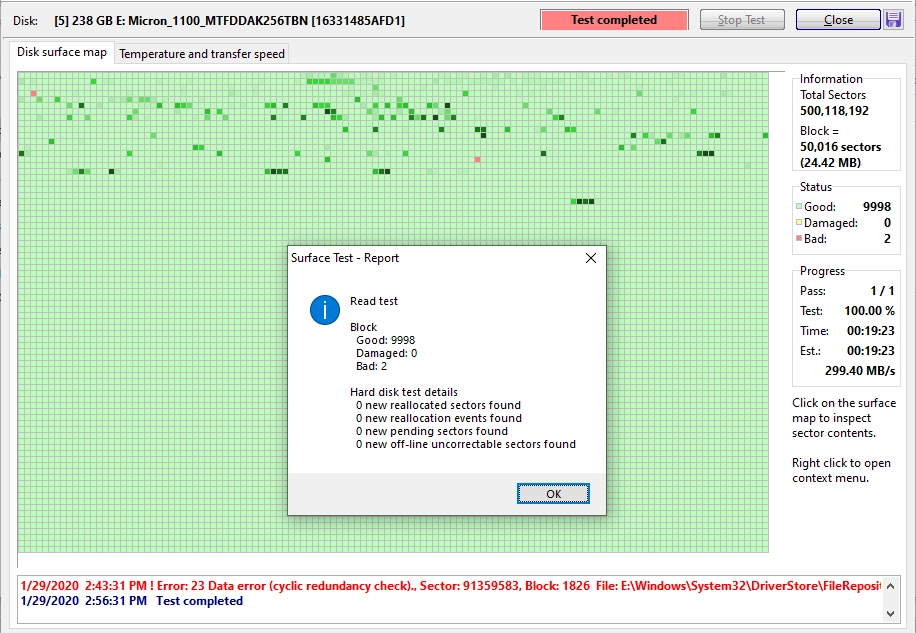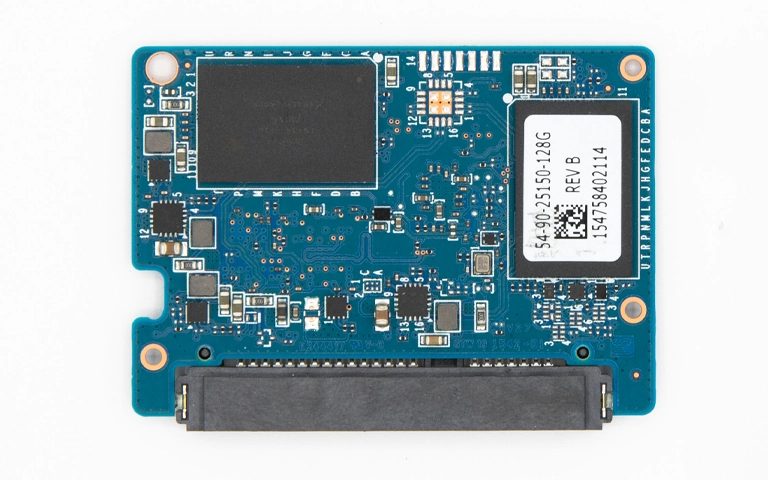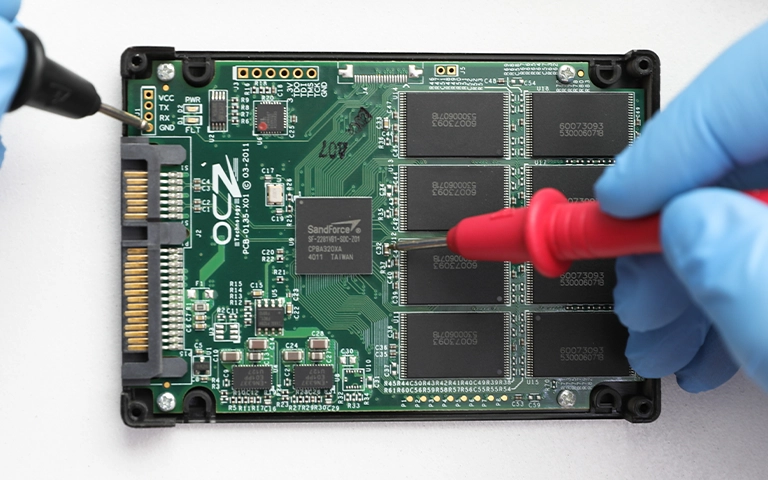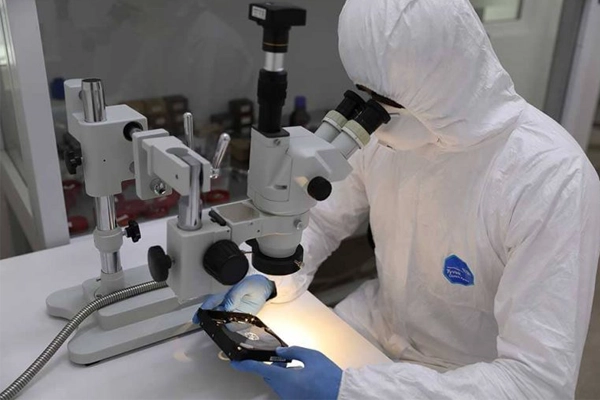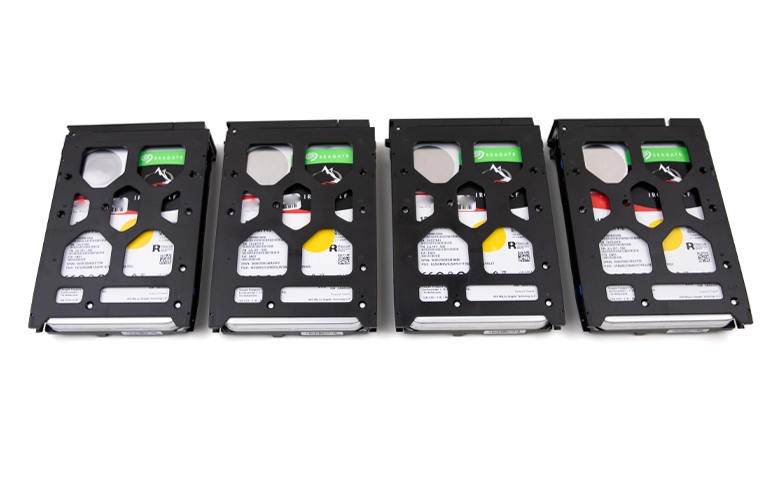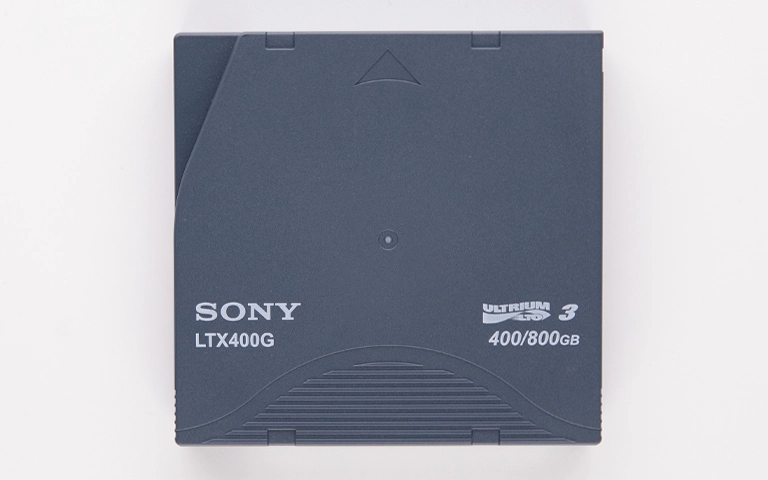The term “bad sectors” commonly describes physically damaged areas on traditional hard disk drive (HDD) platters that lead to data access issues. When similar symptoms such as errors, slowdowns, or data corruption occur on a Solid-State Drive (SSD), the underlying cause differs significantly from HDDs due to the distinct nature of flash memory technology.
It is crucial to understand that SSDs do not develop “bad sectors” in the same physical manner as HDDs. Applying diagnostic or repair methodologies intended for HDDs to an SSD can be ineffective and potentially detrimental. This guide clarifies the actual failure mechanisms in SSDs that mimic “bad sector” symptoms, explains SSD memory cell degradation management, and outlines correct data recovery procedures.
Can SSDs Actually Get Bad Sectors?
Technically, no. “Bad sectors” describe physical defects on HDD platters. SSDs use NAND flash memory. An apparent SSD “bad sector” is actually a failing or worn-out NAND flash memory block. These cells have limited write cycles and degrade, impacting data storage reliability and potentially causing SSD bad block errors.
SSDs store data electronically in NAND flash memory cells. User-perceived “bad sectors” on an SSD are, in fact, failing NAND flash memory blocks due to cell wear over their limited write endurance.
How SSDs Manage Failing Memory Cells Internally
Modern SSDs are designed with sophisticated mechanisms to handle the inevitable wear and tear of NAND flash memory, making the process largely transparent to the user – up to a point.
Wear Leveling
The SSD’s controller (its onboard processor) intelligently distributes data writes evenly across all memory cells to prevent specific areas from wearing out prematurely.
Over-Provisioning (Spare Blocks)
SSDs contain more physical NAND memory capacity than is advertised or available to the user. This extra space (over-provisioning) holds spare blocks. When the controller detects a block is becoming unreliable or has failed, it transparently remaps operations to one of these spare blocks, marking the original block as bad internally.
Error Correction Code (ECC)
ECC algorithms run constantly to detect and correct minor data errors that occur naturally within NAND flash cells as they age.
The Result: For much of an SSD’s lifespan, individual cell failures are handled internally without the user or operating system noticing. The drive isolates bad blocks and uses spares, maintaining performance and data integrity.
When Do NAND "Bad Blocks" Become a Problem on SSDs?
Issues requiring attention arise when internal management systems are overwhelmed or fail:
Exhausted Spare Blocks: As SSDs age and endure write cycles, spare blocks deplete. The controller can no longer replace newly failing blocks, leading to write errors, data corruption, or read-only mode. This is a common scenario when dealing with an SSD with bad sectors (failing blocks).
Controller Failure: A failed SSD controller loses the ability to manage NAND, interpret data mapping, or perform ECC, often making the SSD undetectable. See SSD not showing up.
Firmware Corruption: Errors in SSD firmware can disrupt bad block management, ECC, or overall function.
Catastrophic Cell Failure: Sudden failure of many cells (defect, electrical issue) can overwhelm ECC/spares.
Why Standard "Bad Sector Repair" Tools Are Inappropriate for SSDs
Tools designed for HDDs, like CHKDSK with the /R parameter (Windows), are generally not recommended and are potentially harmful for SSDs.
-
Ineffective: They target physical platter sectors, not worn NAND cells. The SSD controller already manages blocks internally.
-
Increased Wear: Intensive surface scans force numerous read/writes, unnecessarily wearing NAND cells without benefit.
-
Masking Problem: CHKDSK might mark file system clusters as bad but does not address underlying NAND wear or potential controller/firmware issues.
Checking SSD Health: Use S.M.A.R.T. (Self-Monitoring, Analysis, and Reporting Technology) utilities (e.g., CrystalDiskInfo, manufacturer tools like Samsung Magician) to check health status (remaining lifespan, reallocated sector counts). High reallocated counts or low health are warnings.
Get a Free Consultation.
Our recovery experts are ready to assess your device and guide you through the safest path to recovery. Fill out the form to get started.
"*" indicates required fields
Can Data Be Recovered from an SSD with Failing Blocks?
Yes, data recovery from an SSD with bad blocks (failing NAND cells) is often possible. Professionals use hardware imagers to read around unstable areas, advanced tools for firmware/controller issues, and techniques like chip-off recovery if NAND chips are viable but the controller is non-functional. Success depends on the failure’s extent.
Data Recovery When SSD "Bad Sectors" Cause Data Loss
When failing NAND blocks, controller issues, or firmware corruption lead to inaccessible data on your SSD, professional data recovery is typically required. The approach differs significantly from HDD recovery.
Professional SSD Recovery Techniques
Specialized Imaging: Hardware imagers handle read instabilities, potentially adjusting read parameters to clone failing SSDs.
Firmware Repair: Experts use tools (e.g., PC-3000 SSD) to interface with the controller in service mode, diagnose firmware issues, and potentially load microcode for data access.
Addressing Controller Issues: Stabilizing or bypassing faulty controller parts via firmware or hardware interfaces.
Chip-Off Recovery: If controller/firmware is irreparable but NAND chips are viable, physically removing NANDs for direct reading (complex data reconstruction). May require a cleanroom.
Details: our data recovery process.
PITS Data Recovery understands SSD architecture. When “bad sector” symptoms cause data loss, our engineers use specialized tools for NAND wear, controller failures, and firmware corruption.
Don't Let Data Loss Ruin Your Business
PITS Data Recovery understands the unique architecture of SSDs. When symptoms resembling “bad sectors” lead to data loss, our engineers utilize specialized SSD recovery tools and techniques to address underlying NAND wear, controller failures, and firmware corruption, maximizing the chances of retrieving your critical files.
Recommended Actions for Suspected SSD "Bad Block" Issues
-
Back Up Immediately (If Possible): If drive partially accessible but shows errors/slowdowns, back up critical data.
-
Check S.M.A.R.T. Status: Use monitoring tool to assess health. Note warnings.
-
Stop Using Drive (If Critical Errors/Data Loss): If files corrupt/inaccessible or drive erratic, stop use.
-
Avoid HDD Repair Tools: Do not run CHKDSK /R or similar.
-
Contact Professionals: If critical data inaccessible, contact PITS Data Recovery for expert SSD data recovery assessment.
Your Data Security Is Our Priority
Data privacy isn’t optional. It’s our commitment. Our secure recovery process ensures your sensitive information stays protected from start to finish.
Trust in certified security. Start your recovery today! Call Now: 888.611.0737
Conclusion: Understanding SSD Wear and Recovery
While users may search for “SSD bad sectors,” SSDs fail due to NAND flash cell wear, managed internally by the controller. Symptoms resembling bad sectors arise when this system fails or is overwhelmed.
Attempting to “fix SSD bad sectors” with HDD-centric tools is inappropriate and harmful. Monitoring SSD health with S.M.A.R.T. tools is the correct diagnostic approach. When data becomes inaccessible due to NAND wear, controller failure, or firmware corruption, specialized professional SSD data recovery techniques are required. If your SSD exhibits errors, contact PITS Data Recovery. Explore: SSD Data Recovery Services.
Frequently Asked Questions
Can SSD bad sectors (bad blocks) be repaired?
No, not in the sense of fixing the worn-out NAND cells. The SSD controller’s job is to retire bad blocks and use spares. Once spares are exhausted or the controller fails, the damage causing data loss cannot typically be “repaired” by software or the user; professional data recovery attempts to work around the damage to retrieve files.
Does CHKDSK fix bad sectors on an SSD?
No. CHKDSK primarily fixes file system logical errors. The /R switch designed for HDD bad sectors is ineffective and potentially harmful to SSDs due to unnecessary wear. It cannot repair failing NAND cells.
How do I check my SSD for bad sectors (bad blocks)?
Use S.M.A.R.T. monitoring software (like CrystalDiskInfo or manufacturer tools) to check the overall health status and specific attributes like “Reallocated Sector Count,” “Wear Leveling Count,” or “Available Spare.” These give an indication of NAND health and wear.
Is data recoverable from an SSD with many bad blocks?
It depends. If the failed blocks primarily affect empty space or non-critical OS areas, data might be fine. If critical file system metadata or actual user data resides on failing blocks that overwhelm ECC and spare capacity, data loss occurs. Professional recovery focuses on imaging the drive despite read errors and potentially reconstructing data using advanced tools. Success depends on the extent and location of the failures and the controller’s status.

